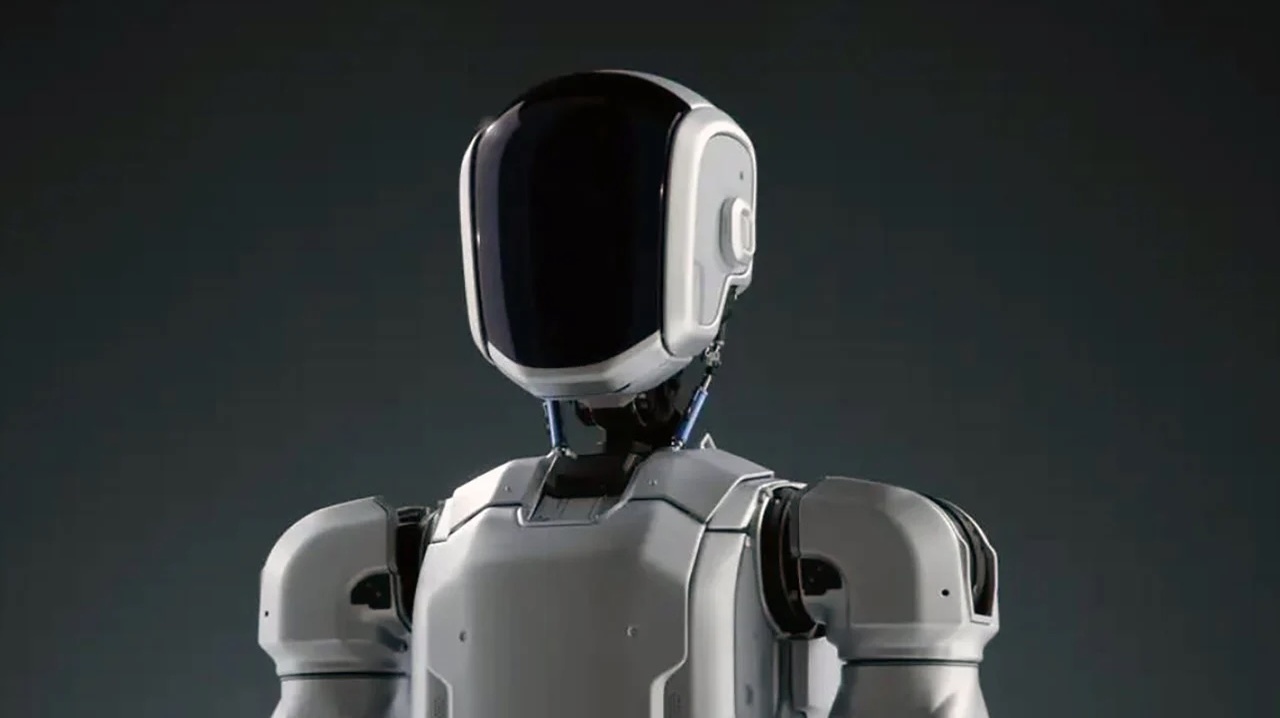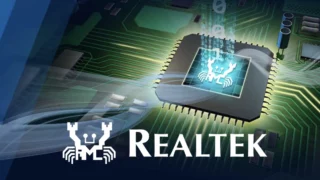Wang Xingxing, founder of China-based robotics company Unitree Robotics, stated that a technological leap forward is imminent, allowing robots to independently perform human-like tasks. According to Wang, this development will be the robotics industry’s “ChatGPT moment.” With this statement, he indicated that a transformation similar to the revolution experienced in language models will also occur in the robotics field in 2022.
A revolution in humanoid robotics appears imminent
Wang believes this breakthrough could occur within one to three years. This leap will involve robots, for the first time, being able to perform tasks in unfamiliar environments without prior programming.

For example, the ability of robots to successfully perform tasks such as cleaning or service tasks under unlearned conditions is seen as the clearest indicator of this process. However, it is noted that current artificial intelligence infrastructures are still inadequate for this purpose.
Currently, robots attempt to understand their environments through visual and language-based models (VLA – Vision-Language-Action), but these systems are considered too “simple” to operate reliably in complex physical environments. Unitree reportedly implemented reinforcement learning methods to overcome this limitation, but high optimization costs slowed down this process.
Wang stated that models that act on text commands, then process these commands as videos or simulations and translate them into behavior, will emerge as a more successful approach. He cited Google’s recently unveiled “Genie 3” world model as an example.
This technology can create dynamic and up-to-date representations of the physical world. Unitree is reportedly working on similar modeling techniques. However, these systems require high-quality image processing capacity and a large number of graphics processing units (GPUs).
Despite being founded in 2016, Unitree has made significant strides in humanoid robot development, particularly in the last two years. Focusing on robots with human-like movements by 2023, the company announced its humanoid robot, named R1, in mid-2025.
The R1’s price tag of under $6,000 has placed Unitree in a prominent position in the market. The company appears to be attempting to appeal to the mass market with this model.
This rise in robotics is also reflected in financial data. Wang estimates that global robot manufacturers and parts suppliers will experience revenue growth of 50 to 100 percent in the first half of 2025.













